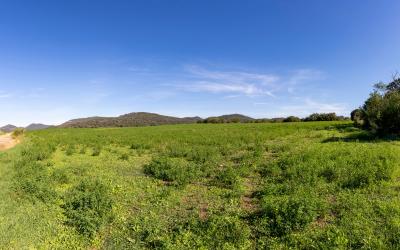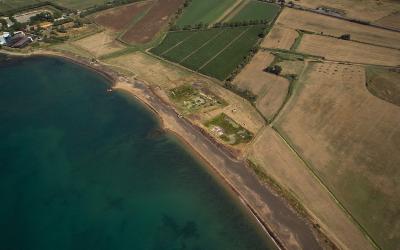The Necropolis that gave us the opportunity to better understand the Etruscans
The landscape of the Banditaccia Necropolis is unique, it seems that nature tries to compete with archaeology to amaze visitors even today. The Necropolis extends for 20 hectares, includes hundreds of mounds under which there are Etruscan tombs that refer to a time span that goes from the VIII to the II BC. The importance and uniqueness of this site lies in the fact that thanks to these testimonies it was possible to acquire knowledge about the life and customs of the Etruscans.
The Banditaccia necropolis is certainly one of the largest from antiquity known to date and is a reproduction of the “city of the living”. Since only a few written testimonies remain about the Etruscans, this site represents an exceptional example of Etruscan domestic architecture from its origins to the Hellenic period.
The necropolis is crossed by a sepulchral road more than 2 km long. The oldest burials have pit or well tombs dug into the tuff. The subsequent evolution will lead to the creation of the characteristic tumuli from the 6th to the 2nd century BC tending to increasingly resemble a home. These monuments, which belonged to high-ranking families, have retuned rich grave goods where the presence of materials imported from the Near East and Greece is frequent. The grave goods are exhibited partly at the Museum of Cerveteri and partly at the Etruscan Museum of Villa Giulia in Rome. In the last period the tombs overlook a real little square.











